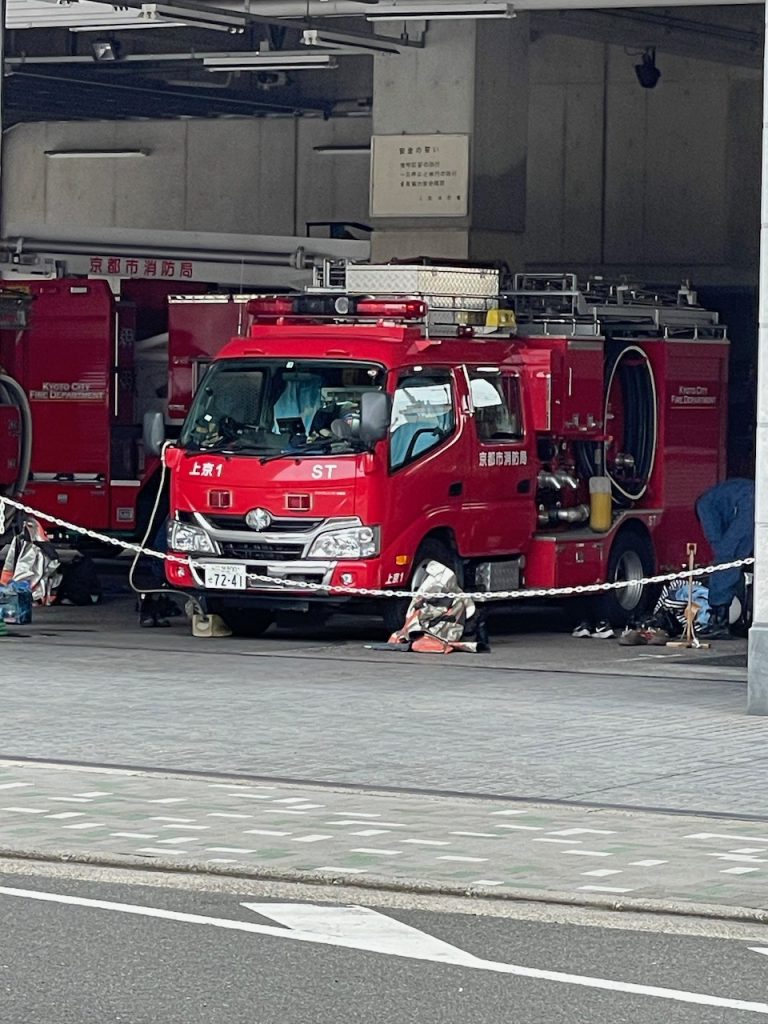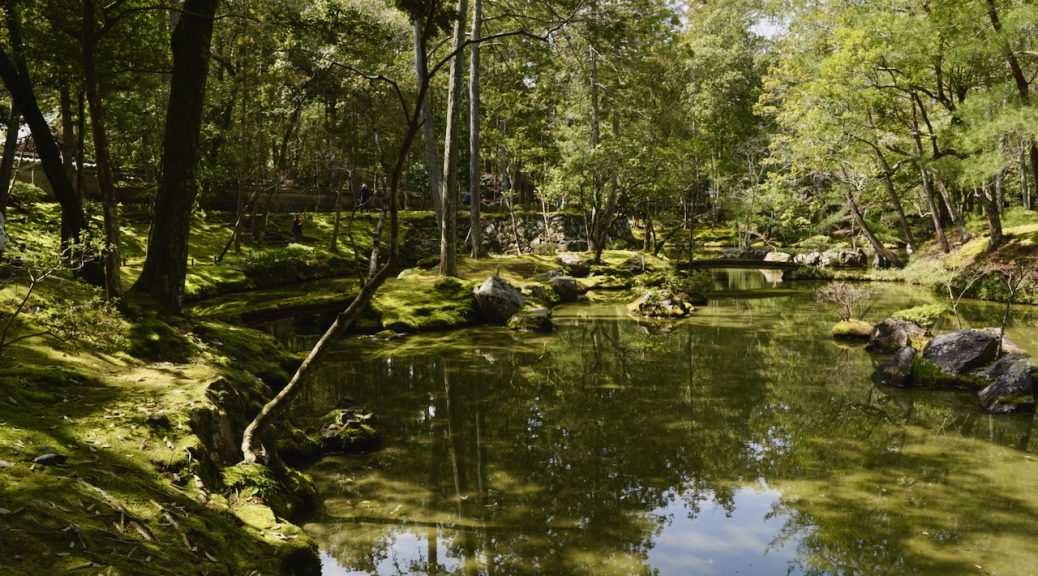
Mossy temples and Murakami
One of the things this trip has revived in me is my hatred of American city zoning laws (as any trip abroad does). There are so many small cafes and shops dotting normal neighborhoods. From our hotel, there are about three little cafes in a 3 minute walk in any direction. It’s delightful. Why does my neighborhood really have only one walkable cafe? (I mean, zoning rules) and American cities mostly suck.
Anyway, it turns out yesterday I overwalked us and killed poor Rhett’s feet. It is just me today on my adventures all around the city. This day is way more bus-heavy than previous days and I have regrets about killing his poor feet. It’s time to visit the moss temple!
Founded nearly 1300 years ago and overrun in 1970 by visitors, Saihoji (aka Kokedera or the moss temple) has taken to a stricter system of visitation – they only allow in a handful of visitors every day with advance reservations. Until the internet existed, you had to do this by sending them a postcard with the dates you wished to visit, and they’d send you one back with your reservation date & time.
Thanks to the internet and then a pandemic, you can do this all online now. I reserved tickets back in January for my visit today.
Anyhoo, getting to Kokedera is a Hike from most of Kyoto. It’s set to the southwest of like everything, and not many tourists come out this way. It’s just me and like five old people on my morning bus. From the bus stop I got off at, it’s another 15 minutes along a winding stream through a narrow neighborhood.
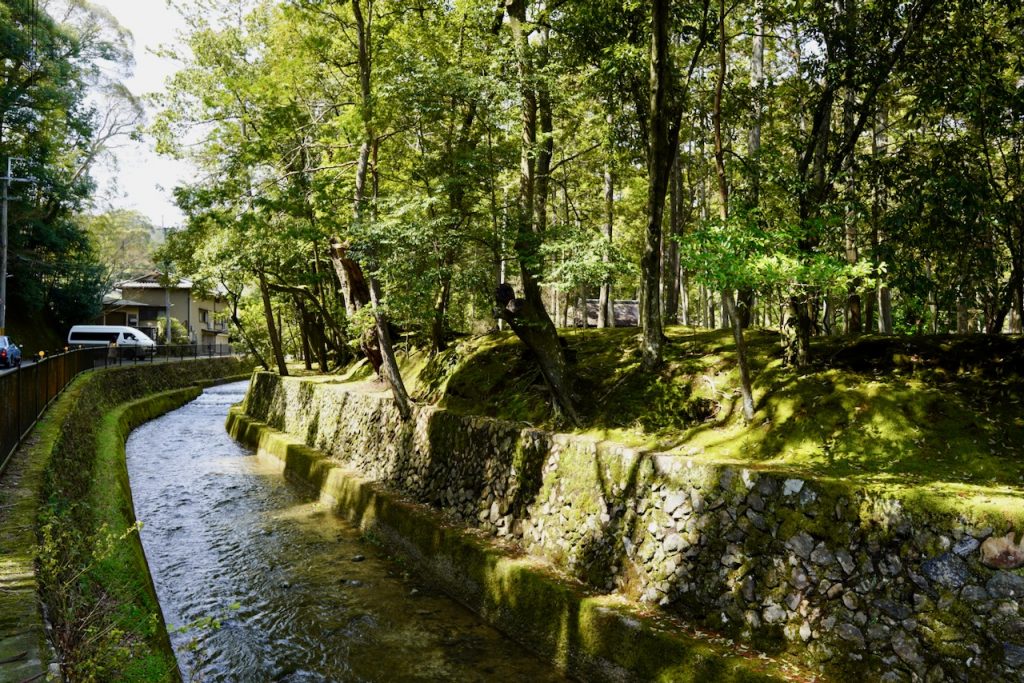
I pass many cute cafes on my walk. My rage towards the American city grows stronger. I need a good garden visit to cool me off.
To start your visit, they provide you with a sutra to copy – which is easier than it sounds, because you’re just copying an outline on a sheet of paper. I could only hope my Japanese teachers weren’t currently weeping at how much I had forgotten stroke order when I copied my sutra (look, it’s been like 15 years?! Forgive me, Mori-sensei).
If Ginkaku-ji yesterday was a personal 10/10, Saihoji is like an 11. It is incredibly tranquil, there are no people, and moss blankets everything. You can hear the birds chirping and the small manicured streams tinkling. I take over an hour because I can, until my tummy dictates that I should probably go find one of the aforementioned cafes.
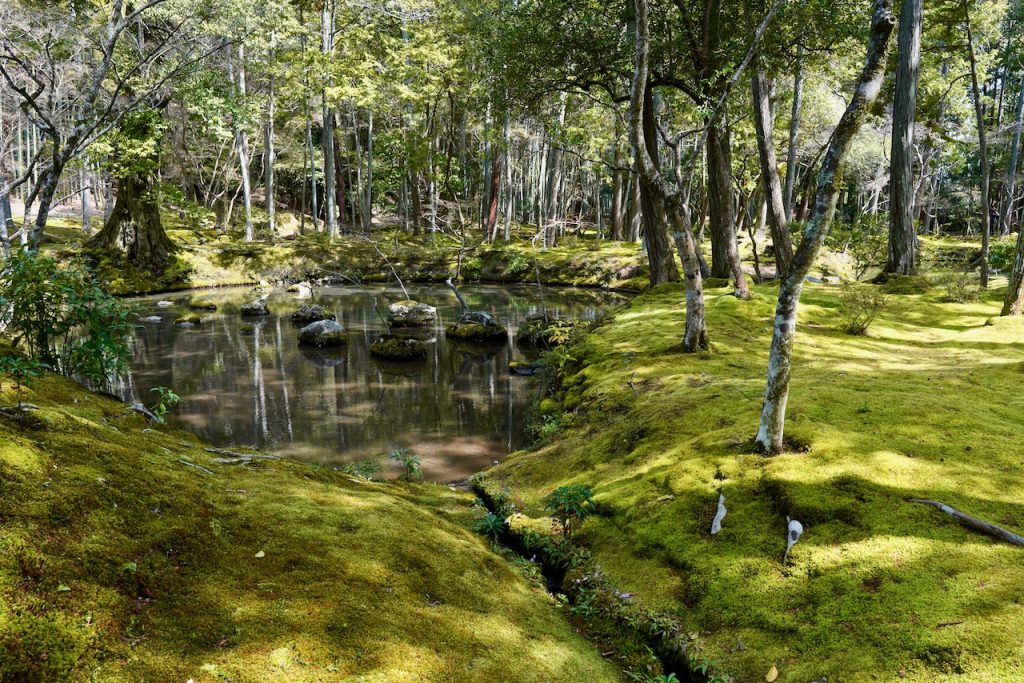
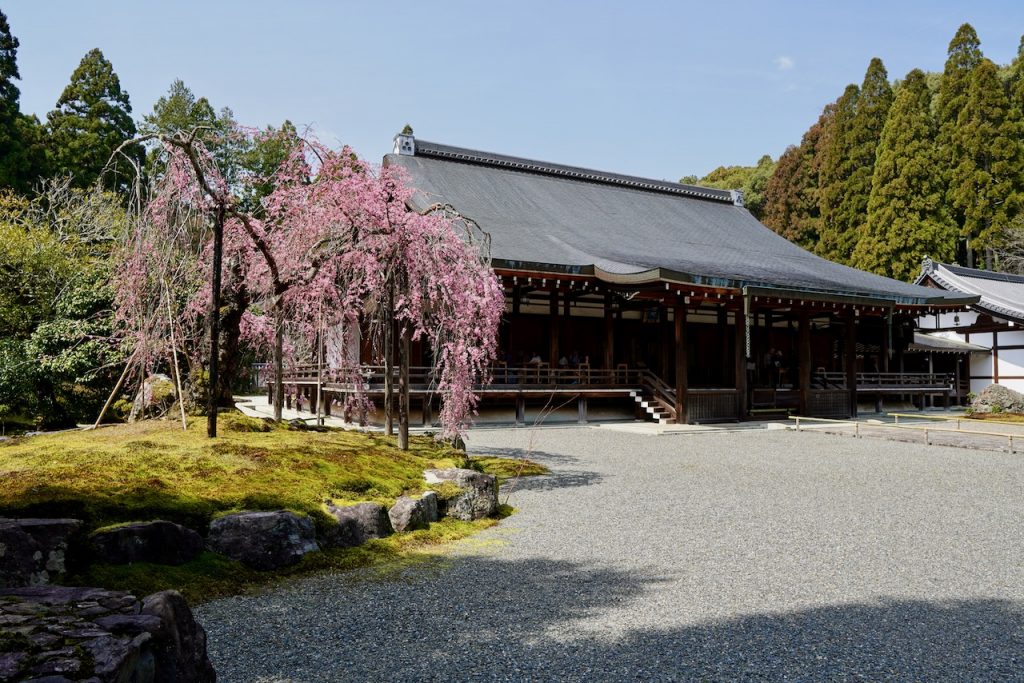
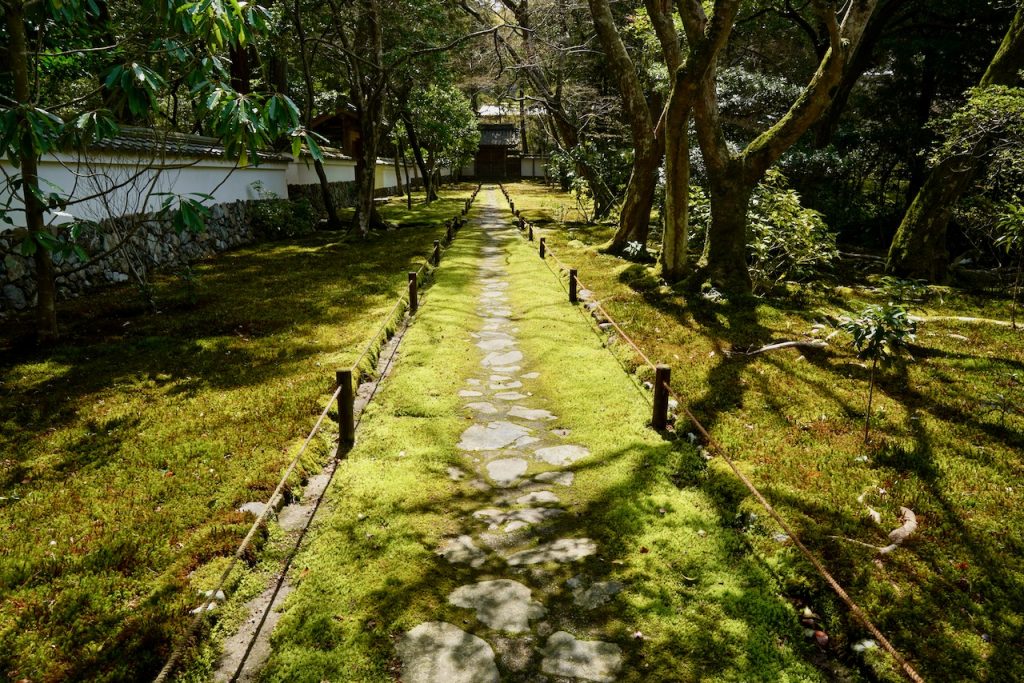
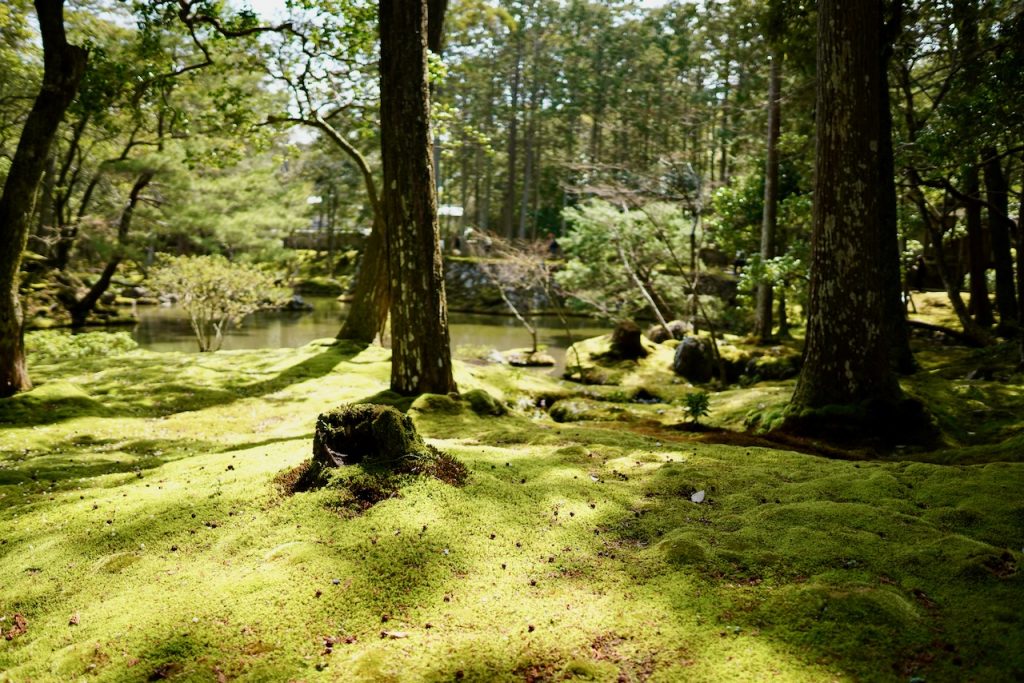
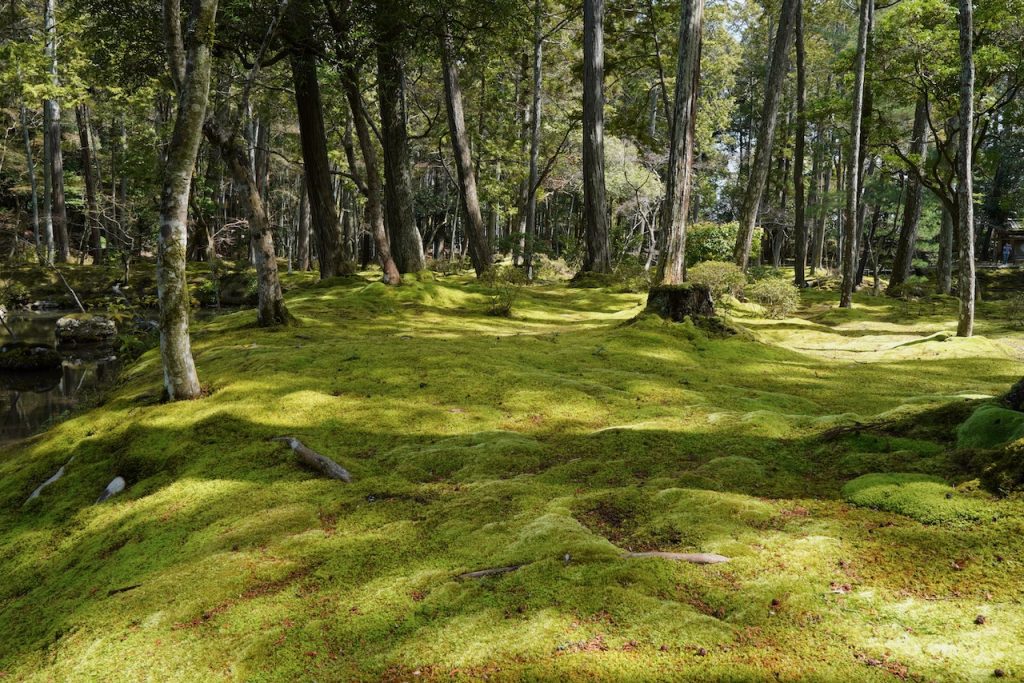
I pick Bamboo cafe, which is an eclectic collection of odds and ends, flowers, and is easily the most expensive cafe I’ve been to so far (1300 yen for coffee + cake). My latte is great. I practice my Vietnamese on Duolingo and eat my cake.
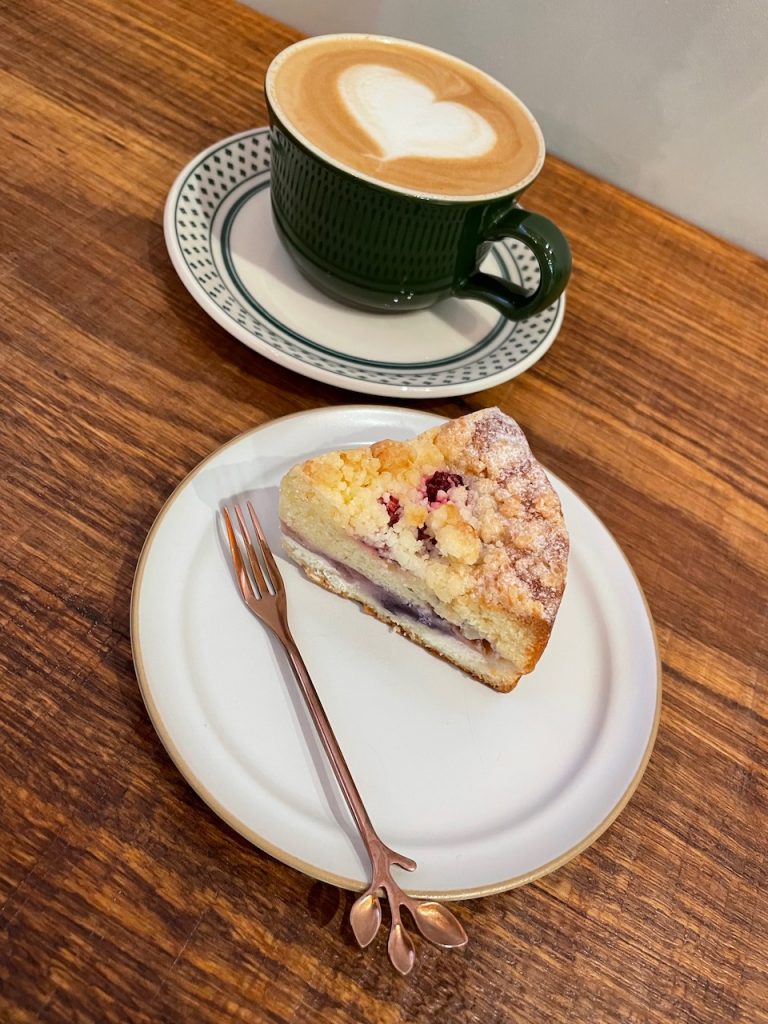
Before hopping back to Kyoto proper, I went up some stairs to Suzumushi-dera, a small temple that has a bunch of bell crickets chirping constantly. They gave me candy. I sat and got chirped at. I beheld the tanuki and frog statues. It was very Animal Crossing.
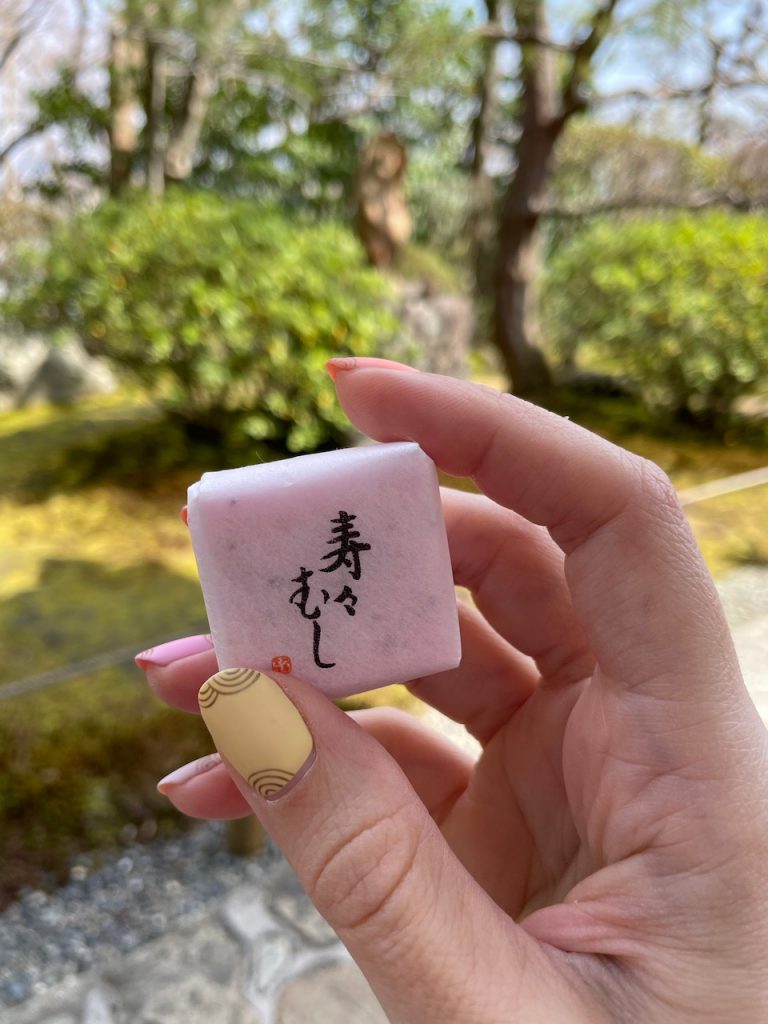
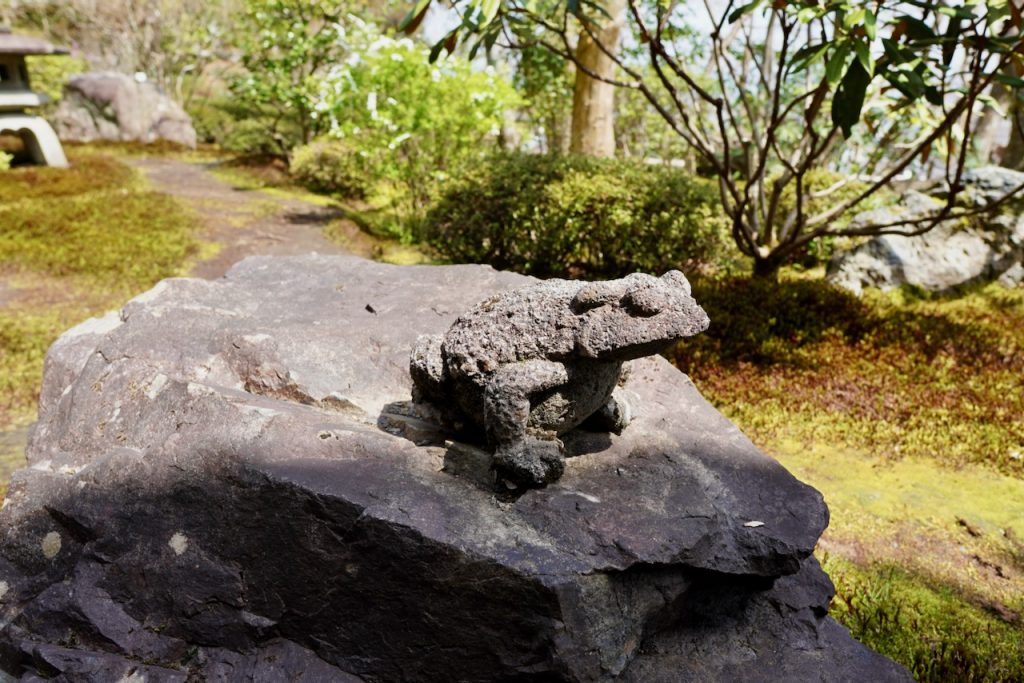
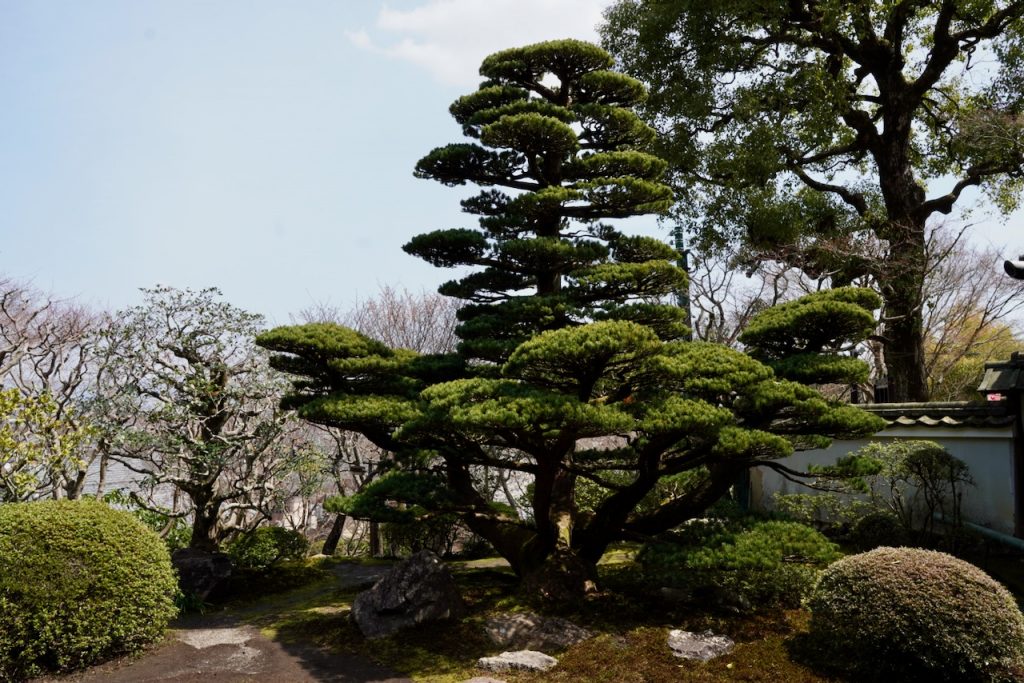
After temples: art museum! Usually I just do temples or shopping in Kyoto. It’s peak tourist season so the temples are bananas and the shopping centers are crowded. The Kyoto city art museum has a Murakami Takashi exhibit that I desperately want to see. Getting off the train, I discovered nearby Heian-jingu is having a festival, and the streets are filled with the performers streaming to and from the shrine. It is another level of chaotic. I flee into the museum, which is less crowded.
Murakami’s work greets you at the top of the stairs.
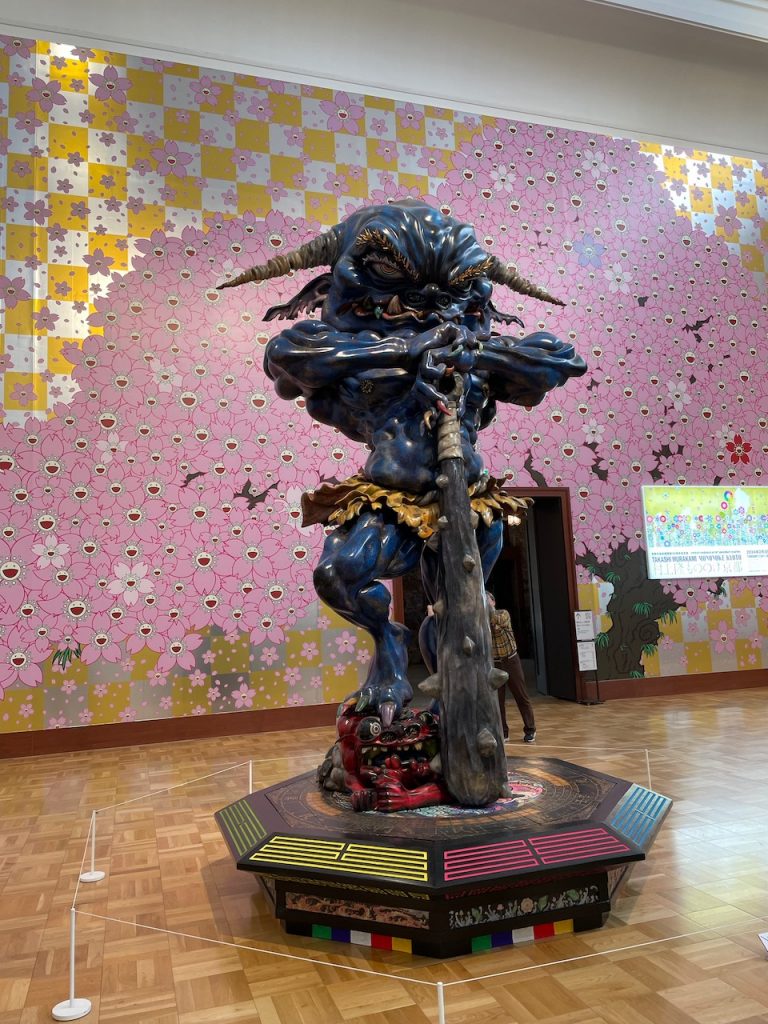
I have a ton of Murakami Takashi art books and I missed his last exhibitions at home, so this is a wonderful discovery for me. The exhibit was created especially for the museum, and is an evolving work in progress during its duration (thru September). The exhibit is an exuberant and vivid one, as is Murakami’s style. There’s a lot of gold and platinum leaf everywhere, along with holo glitter.
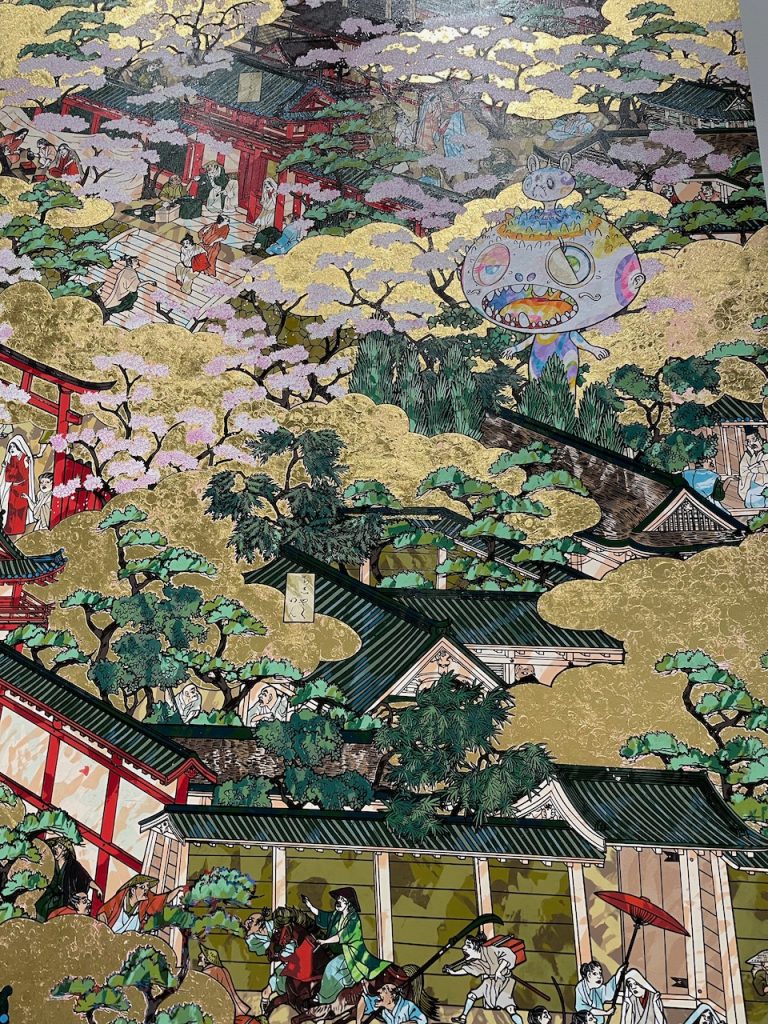
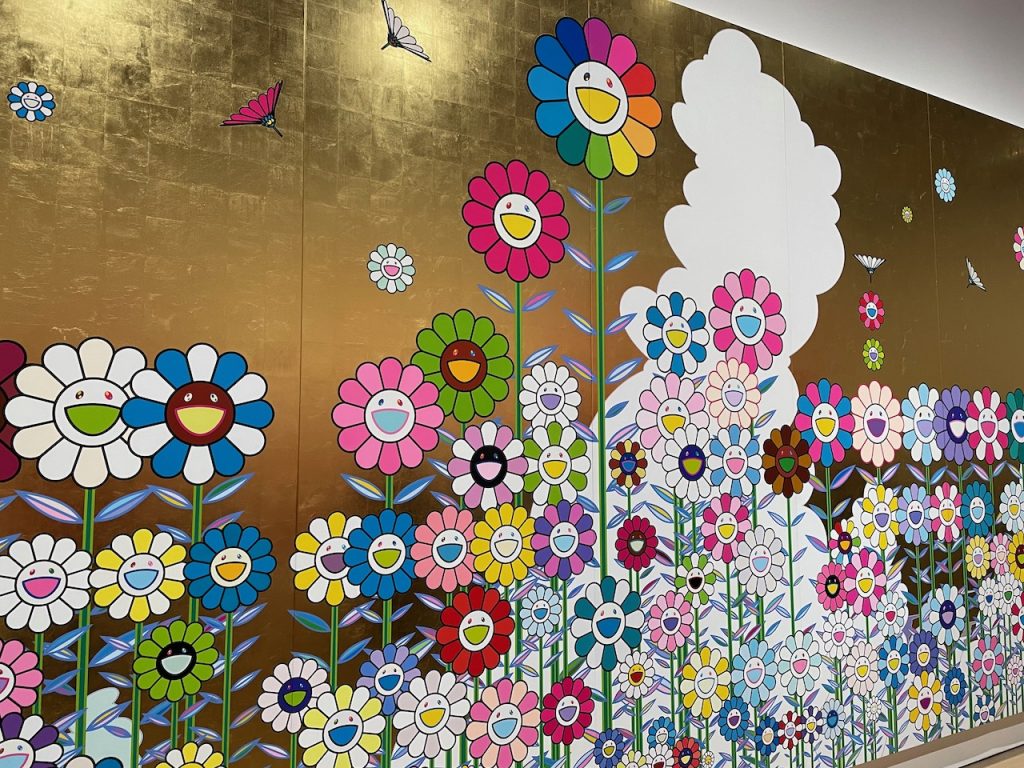
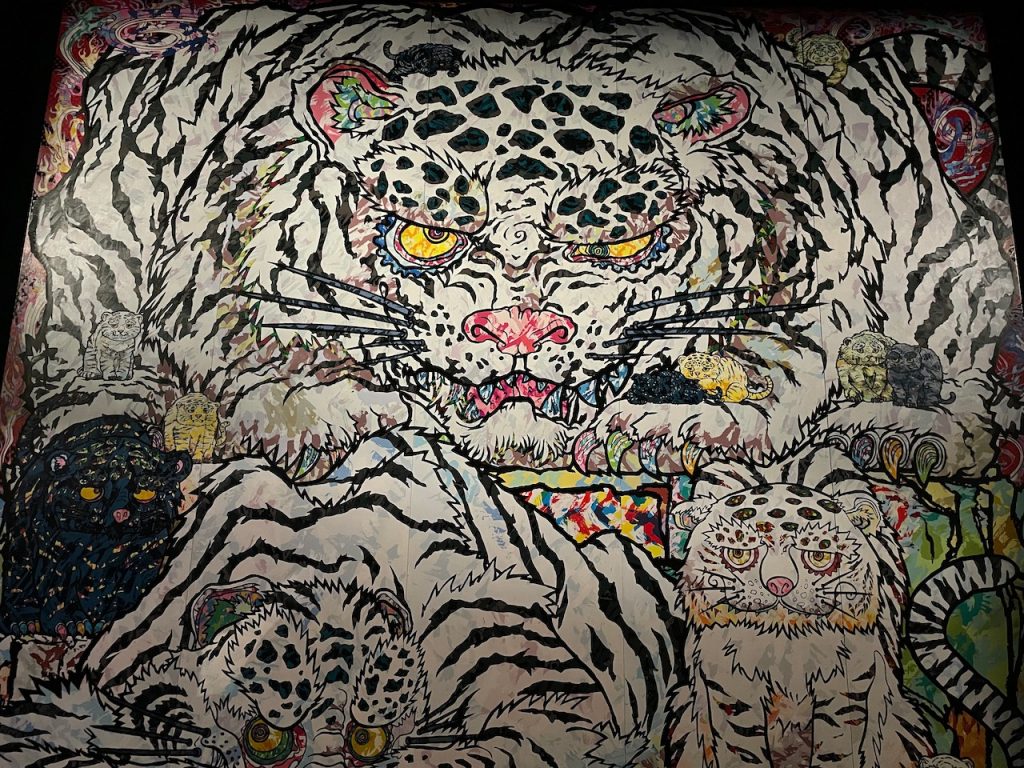
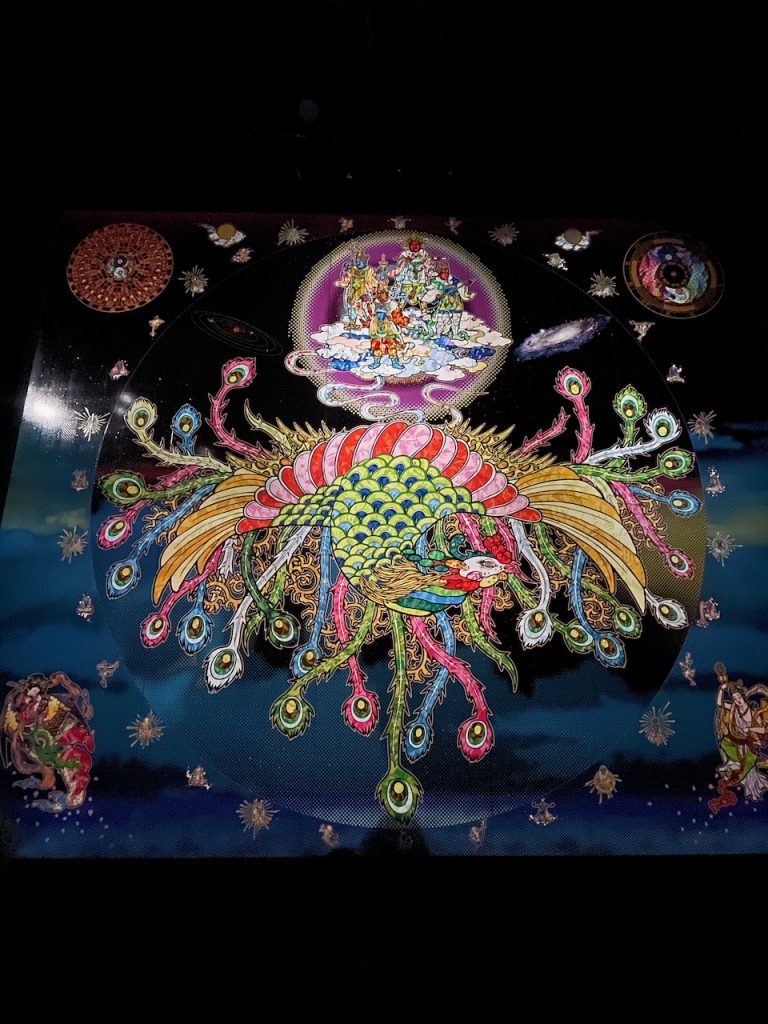
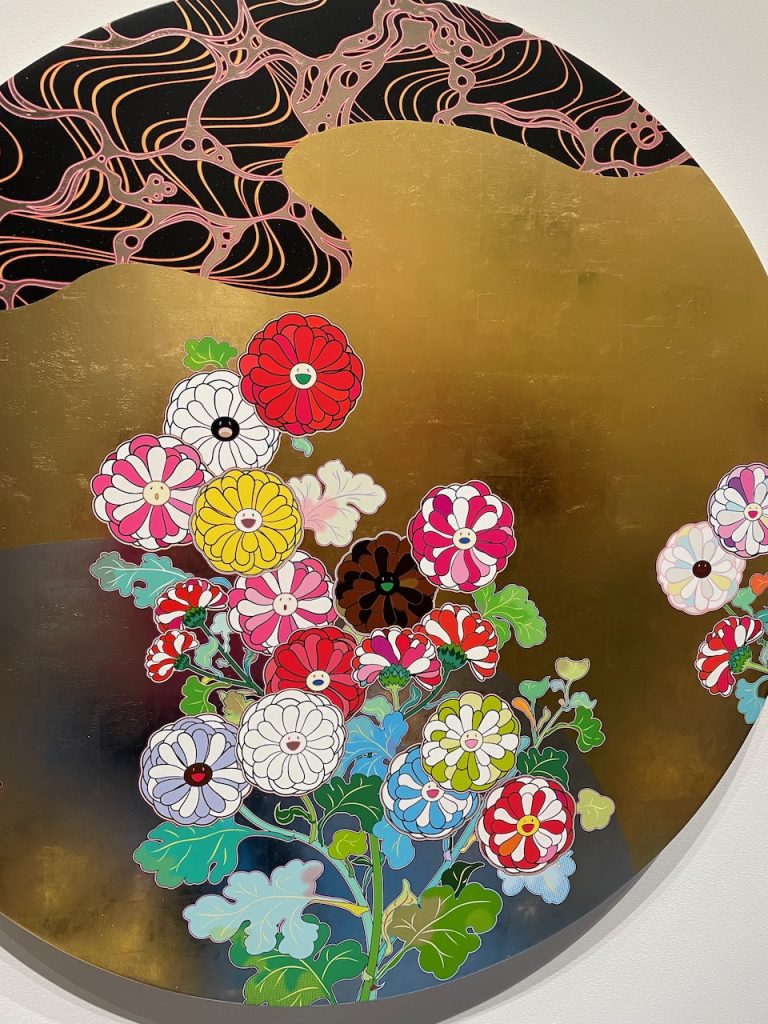
Through the exhibit, you can learn a bit about Japanese visual art history and the artist’s personal life and rise to prominence. Much of his work focuses on the perception of Japan abroad post-WWII, Japan’s navigation of the international community as a defeated country, and how the country adapted to export its visual culture in a capitalist world.
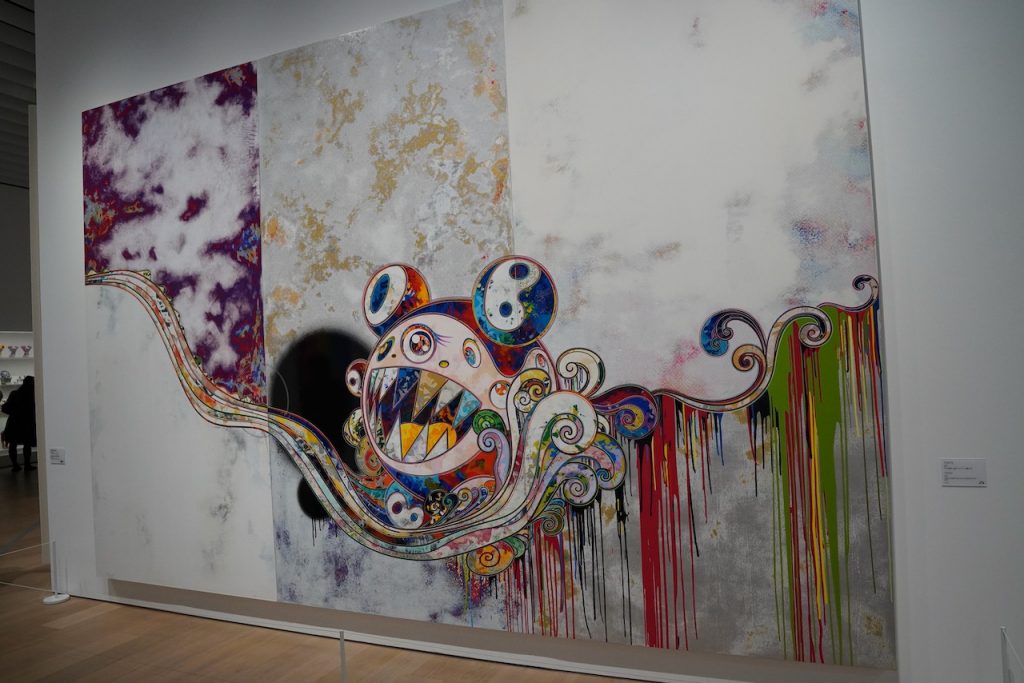
Since he’s actively updating and replacing the pieces as the exhibit goes on, it also happens to smell like wet paint.
I think my favorite part of the entire exhibit is the commentary on capitalism, consumption, and then topping your visit off with a visit to a special gift shop. I partake in gift shopping and decide it’s part of the art.
The Nintendo Kyoto store was my final stop today. I chose to walk because there is no way that city bus is going to make it there faster than I can walk. My path followed a little canal that most people ignored because there were no (not-blooming-anyway) cherry trees. Rather, it was lined with willows. Their loss. It was a great walk.
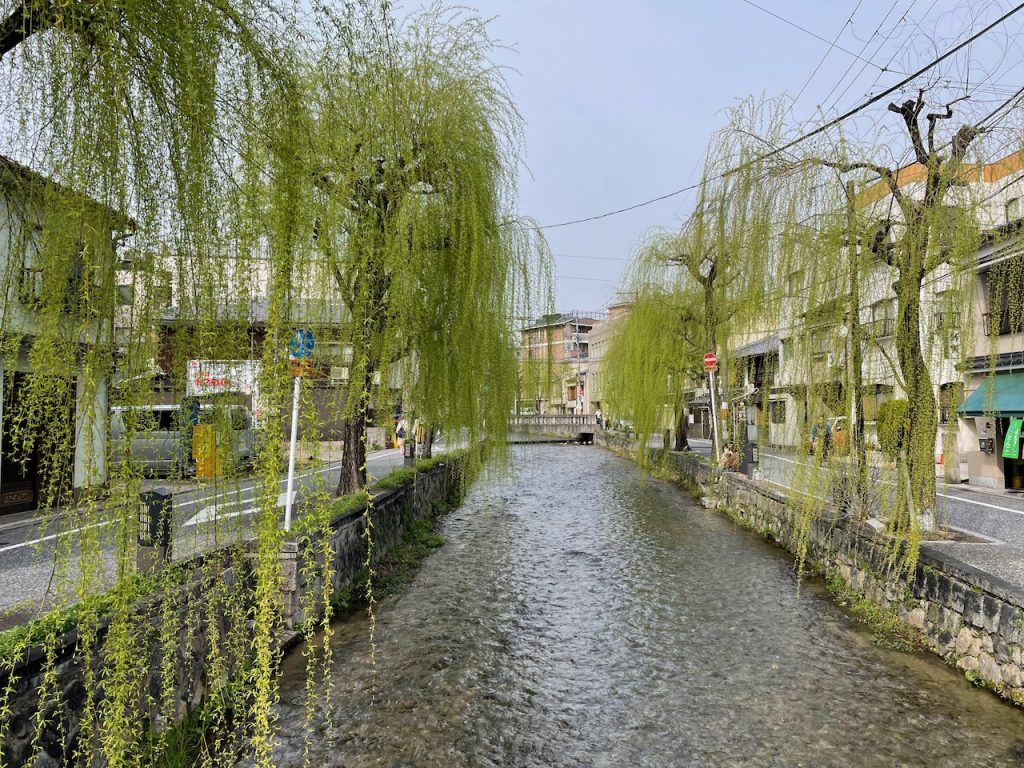
The nintendo store was packed with people and filled to the brim with so many delightful things that I loved. I found a mug I liked but refrained from buying it (so strong). If it still calls to my soul, I will pick it up in Tokyo. I was able to finally get some missing Zelda amiibos for less than half of what they would have been at home. Success!
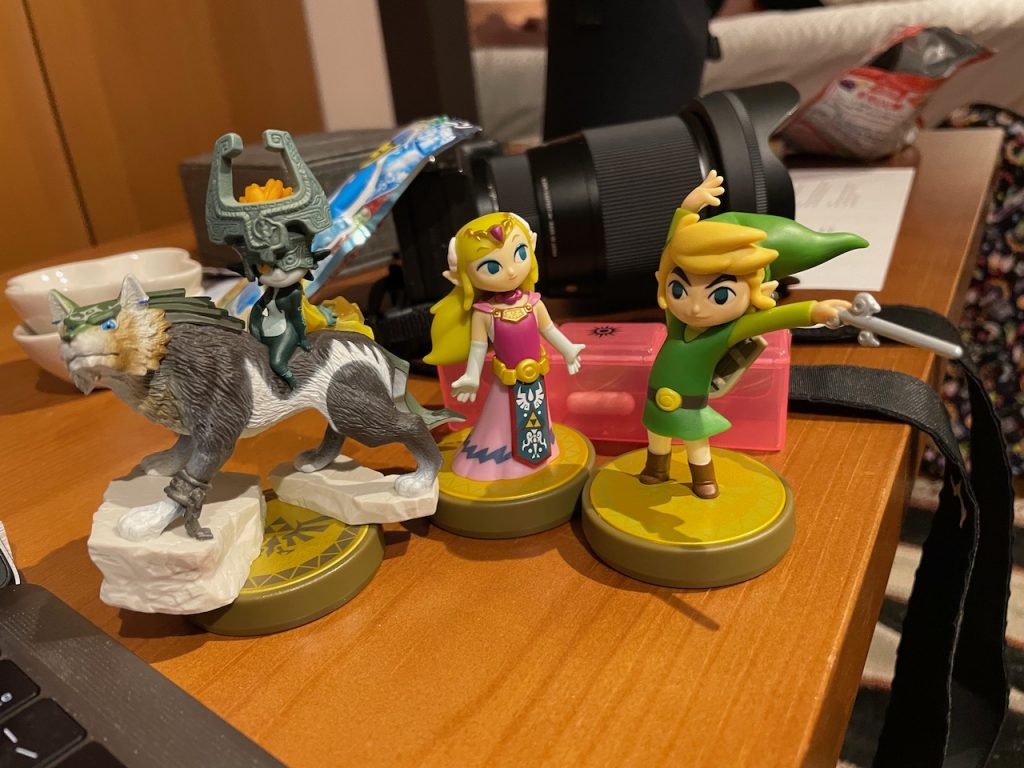
Our next stop is in the mountains in Gifu prefecture, Takayama. We’ll be staying overnight in a temple!
Please enjoy this wee baby fire truck.
